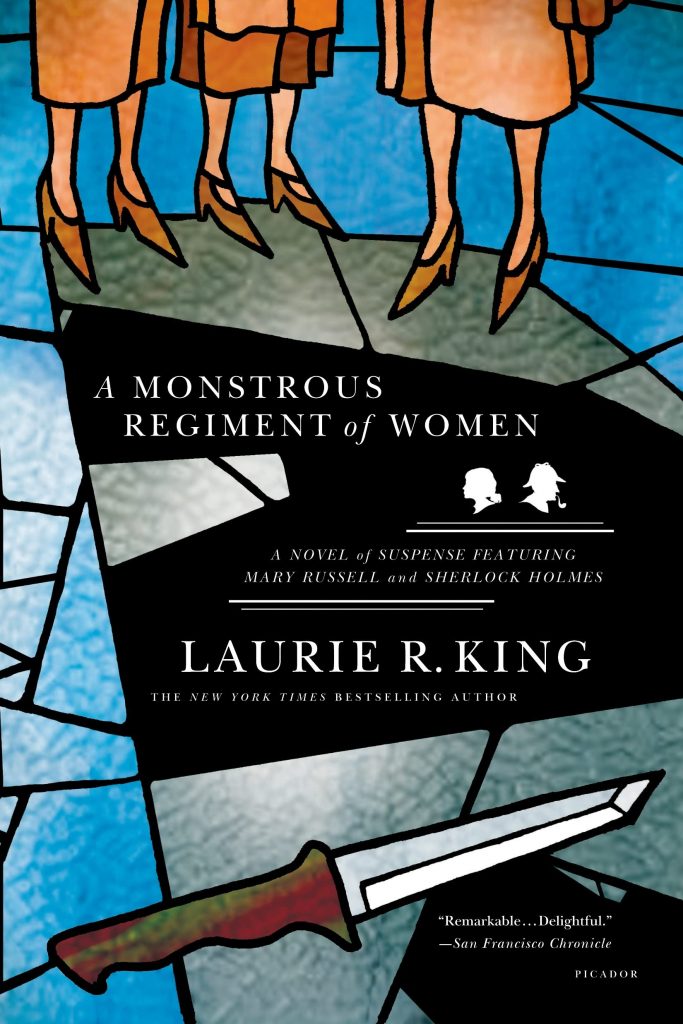
The second in the series of mysteries solved by the retired Sherlock Holmes and his young, sharp, eagle-eyed female assistant, no, make that coequal, Mary Russell. The first World War has just ended, the influenza pandemic is receding, shell-shocked soldiers are returning from the front, and British women having recently received access to suffrage but are disappointed that their advancements in the workforce during the war are now in deep recession. Women’s rights are not what they hoped they would be.
Marjery Childe, a charismatic lay-preacher at the primarily-for-women New Temple of God, holds sway over hundreds of disillusioned women with the oratory skill of a revivalist pulpit banger. Mary Russell, who it turns out is Jewish, finds herself carried along, but suspicious, becoming more so as accidents, some of them mortal, befall Marjery’s disciples.
So much time is setting the scene that half a book needs to be finished before a crime is clearly in need of investigation and all the while Sherlock is mostly away on vacation removing the most engrossing part of these mysteries: the interplay of Holmes and Russell as they connive and deduce. I would read the next in the series because the characters and writing are so appealing, but it’s going to be awhile, because this book was reaching in so many directions at once it stumbled and tripped into a street puddle on a foggy London night.
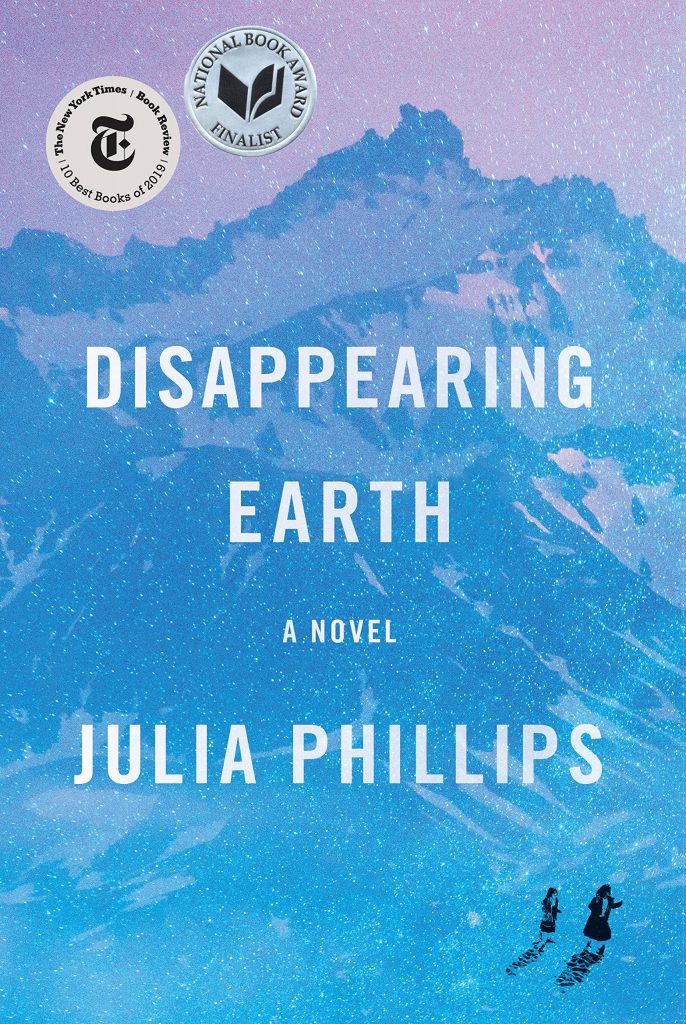
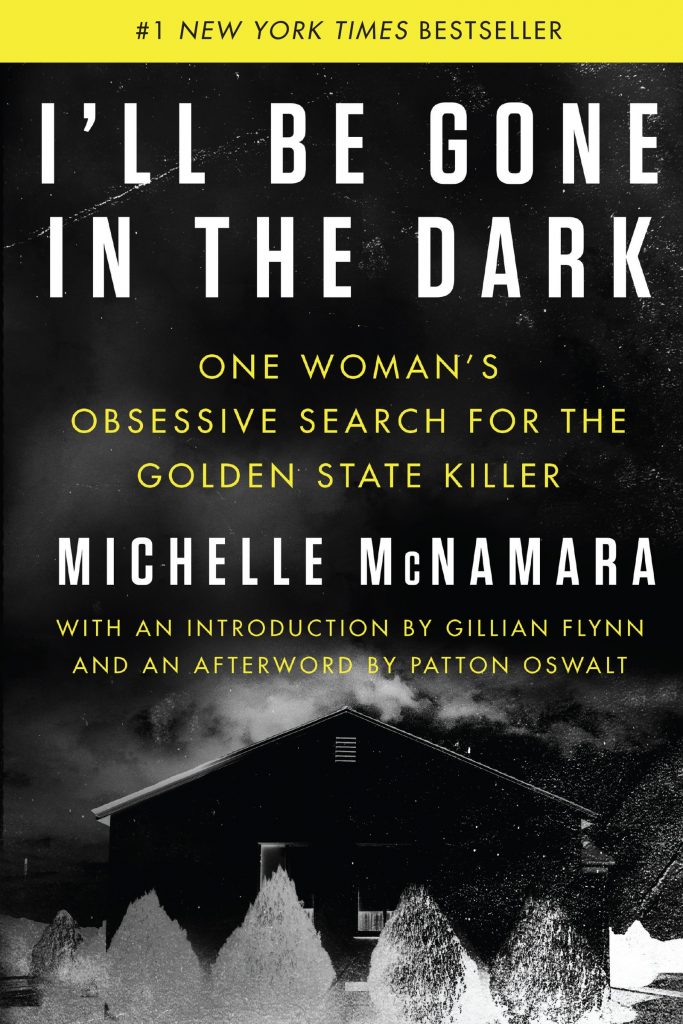
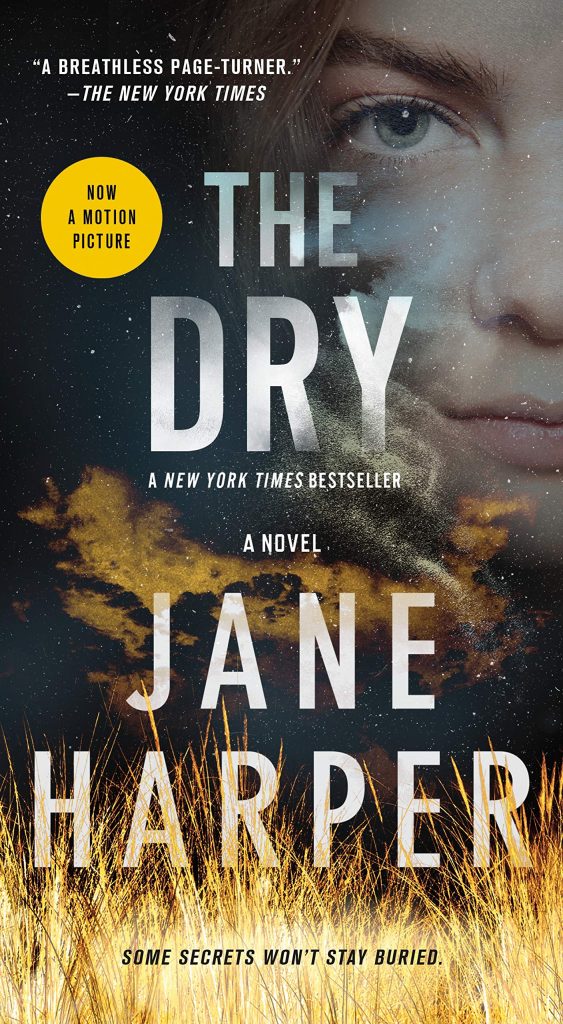
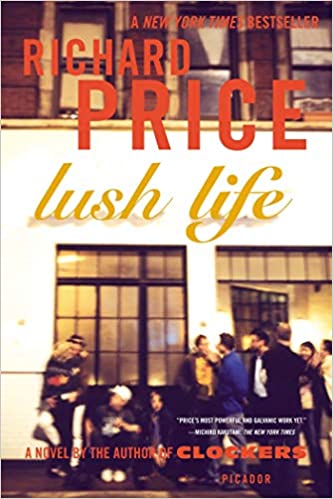

 This is the third in the Cormoran Strike series of murder mysteries written by J.K. Rowling under the Galbraith pseudonym. In this case, a psychopath murders women, pulls apart their bodies, and as the book opens, he hand delivers a severed leg to Strike’s assistant, Robin Ellacott. Four potential suspects immediately come to the mind of private detective Strike. While Strike and Ellacott investigate four bad men have a motive for wanting to ruin Strike by accosting his assistant, the British police bumble about like Keystone cops. Meanwhile, what was obvious to us in book one, now dawns on Cormoran and Robin: they are in love with one another. Unfortunately, Robin prepares to get married to her long-time fiancee and Cormoran dallies with a sexy, but not very interesting girlfriend he has picked up on the rebound from his last relationship. Rowling’s strength lies in her observations. She lands her protagonists in a town, and I know now, after having been to some of the places described in this book, describes every important storefront and unusual curve in the road with delightful accuracy. She hears every dog bark, recalls what everyone she met along the way was wearing beneath their overcoat, and reproduces accent and dialogue with impeccability. For sense of place and character she is a fine read. This mystery was gruesome, the budding love affair formulaic, and her lengthy descriptions were sometimes tedious.
This is the third in the Cormoran Strike series of murder mysteries written by J.K. Rowling under the Galbraith pseudonym. In this case, a psychopath murders women, pulls apart their bodies, and as the book opens, he hand delivers a severed leg to Strike’s assistant, Robin Ellacott. Four potential suspects immediately come to the mind of private detective Strike. While Strike and Ellacott investigate four bad men have a motive for wanting to ruin Strike by accosting his assistant, the British police bumble about like Keystone cops. Meanwhile, what was obvious to us in book one, now dawns on Cormoran and Robin: they are in love with one another. Unfortunately, Robin prepares to get married to her long-time fiancee and Cormoran dallies with a sexy, but not very interesting girlfriend he has picked up on the rebound from his last relationship. Rowling’s strength lies in her observations. She lands her protagonists in a town, and I know now, after having been to some of the places described in this book, describes every important storefront and unusual curve in the road with delightful accuracy. She hears every dog bark, recalls what everyone she met along the way was wearing beneath their overcoat, and reproduces accent and dialogue with impeccability. For sense of place and character she is a fine read. This mystery was gruesome, the budding love affair formulaic, and her lengthy descriptions were sometimes tedious. An Irish murder squad is called upon to investigate the cult-like death of a child in the village of Knocknaree. Bob Ryan and Cassie Maddox are the lead detectives and we, the readers, are taken to grapple with mysteries on several levels. The obvious question is whodunnit to the kid found atop an alter stone in the middle of an archaeological dig, but there are deeper layers. Bob Ryan was once a child himself in Knocknaree and the only survivor when two of his friends disappeared. That case was never solved and Ryan has no memory of the event during which his childhood mates were presumably murdered. Can Ryan investigate a murder and his own childhood, especially if the two cases are linked, without losing his sanity? Ryan and Maddox are best friends, so close they behave like long-term lovers, raising another mystery of why they are not. Uncovering the perpetrator is standard fare: difficult to figure out with suitable suspects and red herrings. Revealing the psyches of contemporary Dubliners is what moves the story from page to page.
An Irish murder squad is called upon to investigate the cult-like death of a child in the village of Knocknaree. Bob Ryan and Cassie Maddox are the lead detectives and we, the readers, are taken to grapple with mysteries on several levels. The obvious question is whodunnit to the kid found atop an alter stone in the middle of an archaeological dig, but there are deeper layers. Bob Ryan was once a child himself in Knocknaree and the only survivor when two of his friends disappeared. That case was never solved and Ryan has no memory of the event during which his childhood mates were presumably murdered. Can Ryan investigate a murder and his own childhood, especially if the two cases are linked, without losing his sanity? Ryan and Maddox are best friends, so close they behave like long-term lovers, raising another mystery of why they are not. Uncovering the perpetrator is standard fare: difficult to figure out with suitable suspects and red herrings. Revealing the psyches of contemporary Dubliners is what moves the story from page to page.
